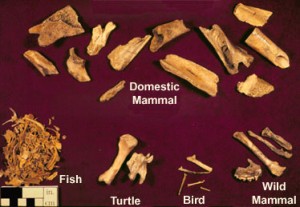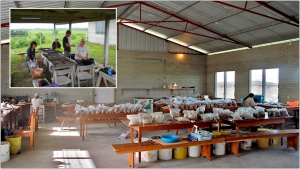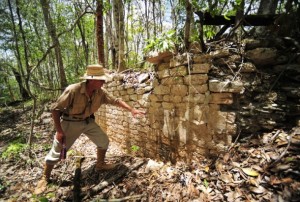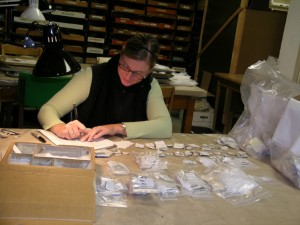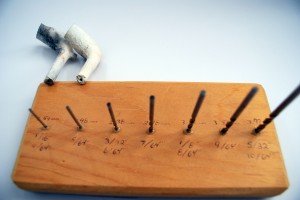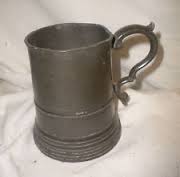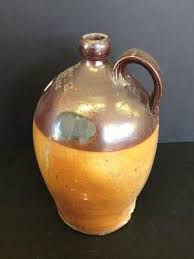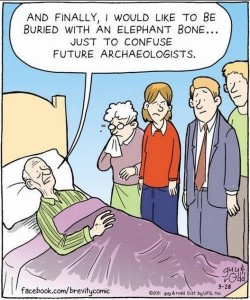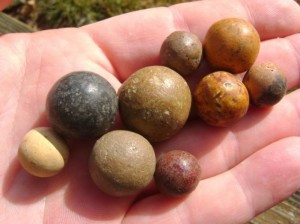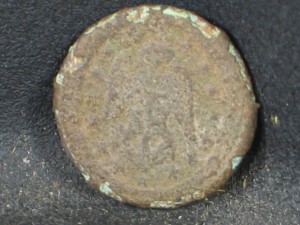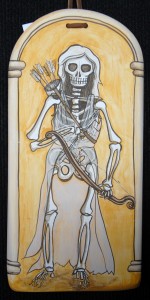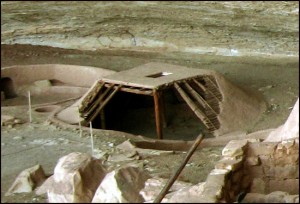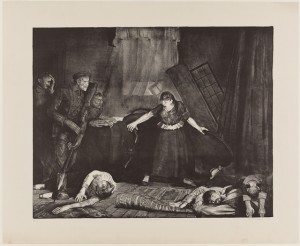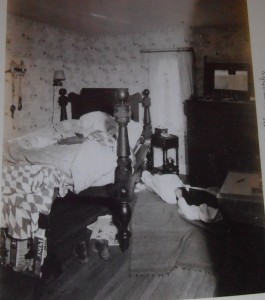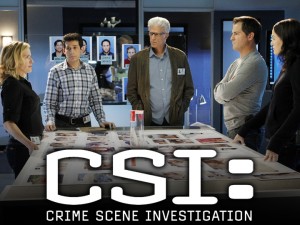I’m just going to come straight out with the most exciting, best learned lesson from lab work. I’m a bone expert and can tell the difference between mammal, bird and fish bone to a T. Impressive I know. Besides this mind blowing fact that has changed my view of myself, I was pleasantly surprised to find out two things. First, that archaeology has a lot of work (aka lab work) to do once done with the grueling excavation process most people think to be the only part of archaeology, second that it can actually be quite entertaining and fun.
One could almost deduce that excavation is the easy part. After that, one has to take everything found, and separate it into bags according to what it is. If thats not a lot of work, you have to label everything exactly where it came from. And although we did not need to do this during our two hour lab experience, one also has to clean the artifacts and perve them. A challenging aspect of our lab work, specifically, was having to relabel and separate bags already labeled, we had to fix inconsistencies for artifacts, and didn’t always have the information right or in some cases at all. Therefore, having to label them as surface finds, in a case of a medicine bottle that came with no information. This emphasized the large importance of small details not being overlooked and following protocol to clearly and correctly label everything that needs labeling.
I think its pretty clear that there are many stereotypes about archeology, how it is basically Indiana Jones, right? Even if someone has overcome that stereotype, many people still don’t picture archeologist in a lab, sitting on turning chairs, in nice work clothes, listening to music, with bright pink painted nails, sorting through everything found at a site. But it is a large part of archaeology, and this lab experience showed exactly this. That without this last step in the lab, excavation would be worthless.
My statement earlier might be misguided though. Sitting in air conditioning singing along, or I was singing my heart out, while my classmates gave me a quizzical glances, to songs I love, learning about history and sorting through artifacts that were actually really cool and intriguing was something I enjoyed on a Friday afternoon. More importantly though, something very necessary and important to the process of performing an archaeological excavation on a site. People tend to not look past whats put in front of their eyes. In this case, seeing artifacts go straight from digging to a museum. They miss one of the most important steps, and without this step, archaeology would not let us look back in the past, to help the better the future.
Sources:
http://research.history.org/archaeological_research/mhpage/AAFoodways.htm
http://soa.illinoisstate.edu/graduate/archeology/
http://archaeology.about.com/od/archaeologic7/ss/Excavating-at-Blue-Creek_10.htm

